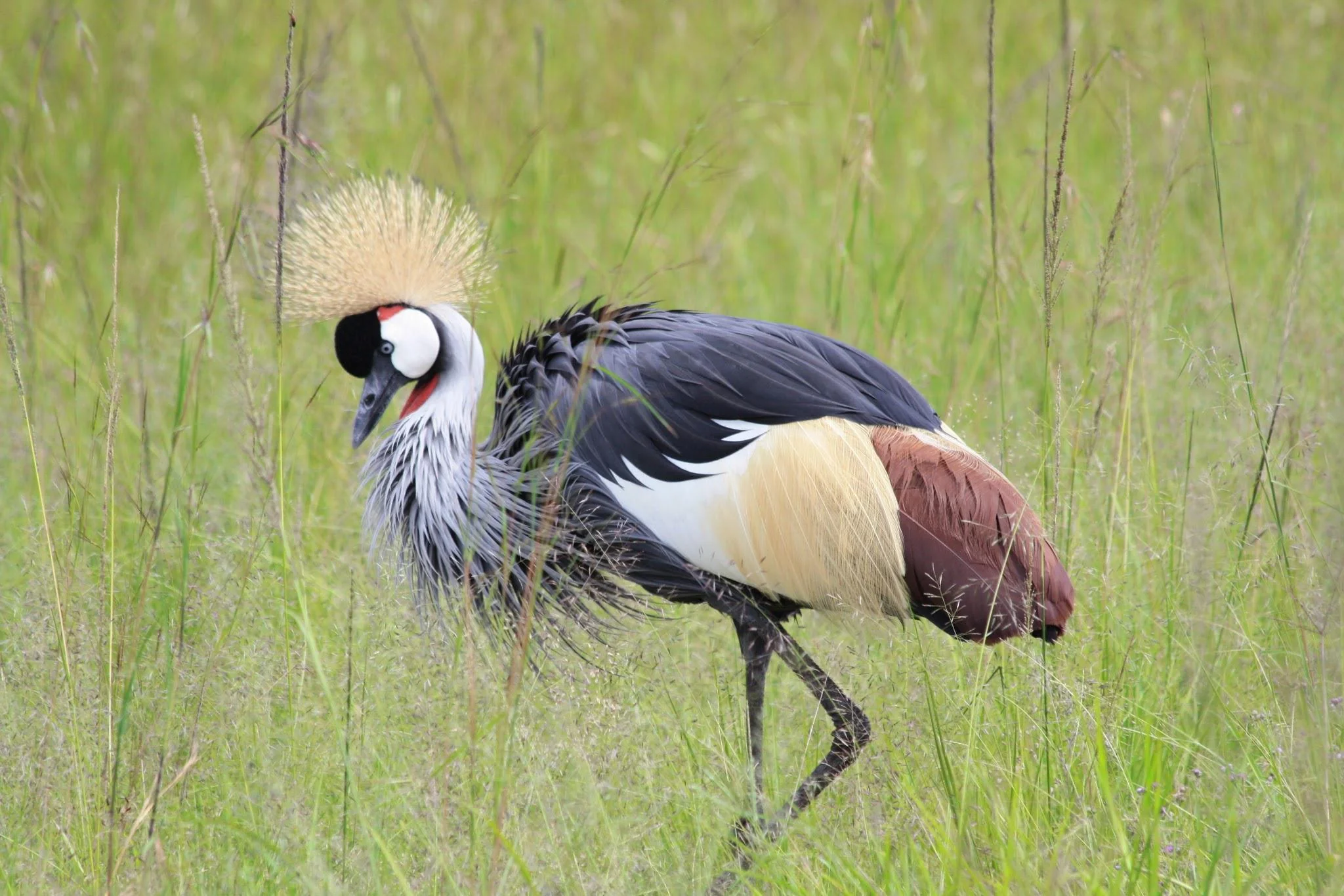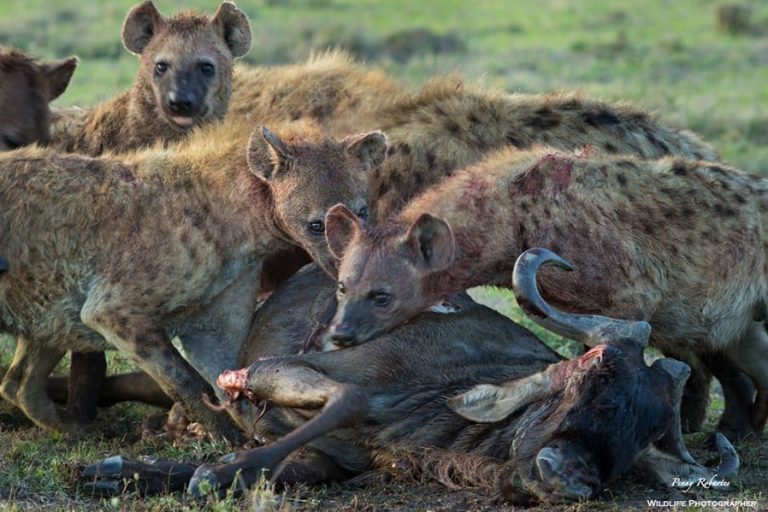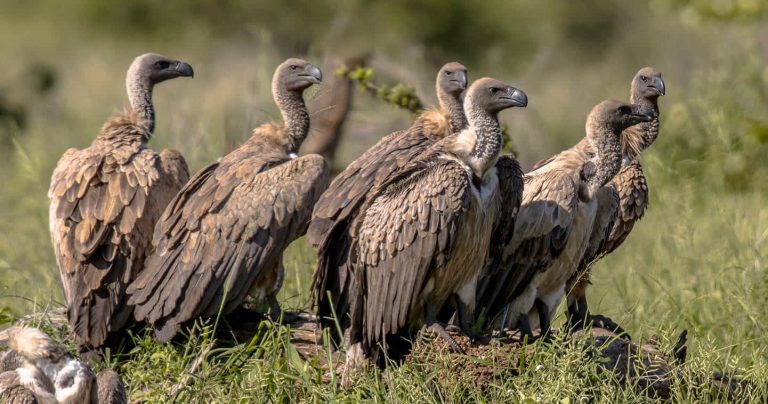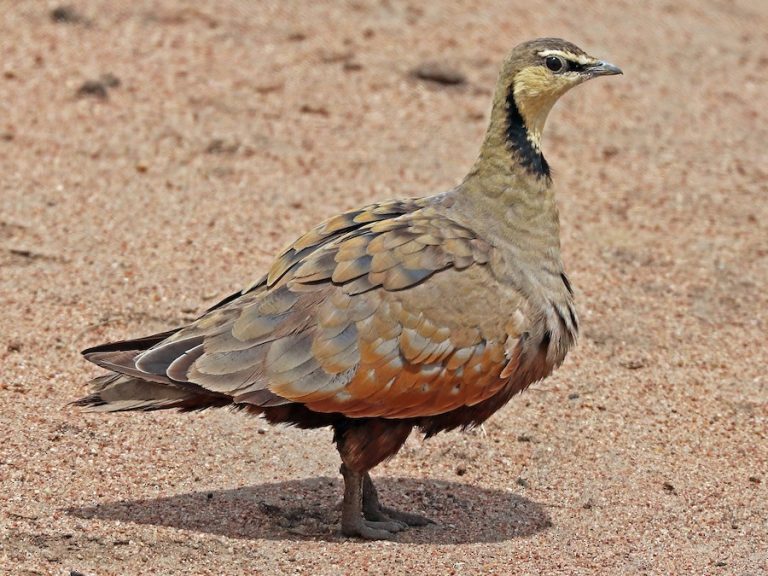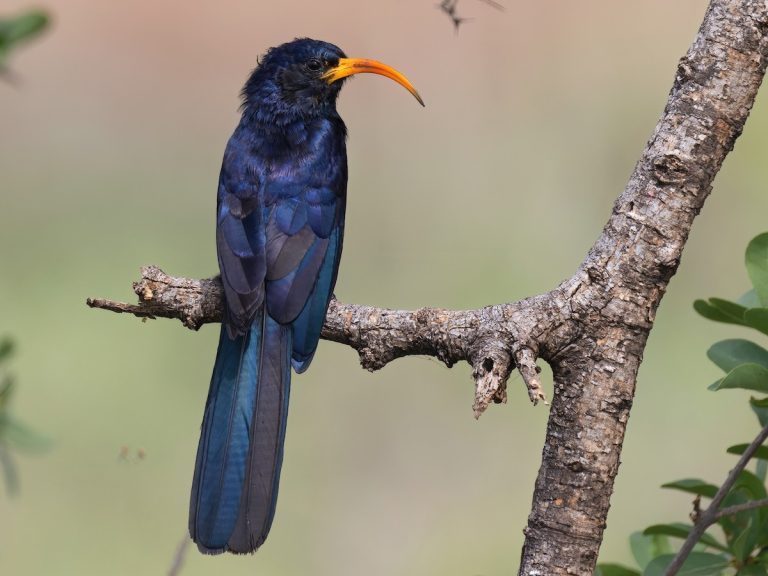Introduction: A Dance of Elegance and Devotion
The Grey Crowned Crane (Balearica regulorum gibbericeps), one of Africa’s most iconic birds, is a symbol of grace and beauty in the Serengeti. Known for its golden crest and striking plumage, this bird is admired not only for its appearance but also for its elaborate and mesmerizing courtship displays. Mating rituals among Grey Crowned Cranes involve synchronized dances, vocalizations, and bonding behaviors that strengthen the pair’s relationship, ensuring successful reproduction in the challenging environment of the Serengeti.
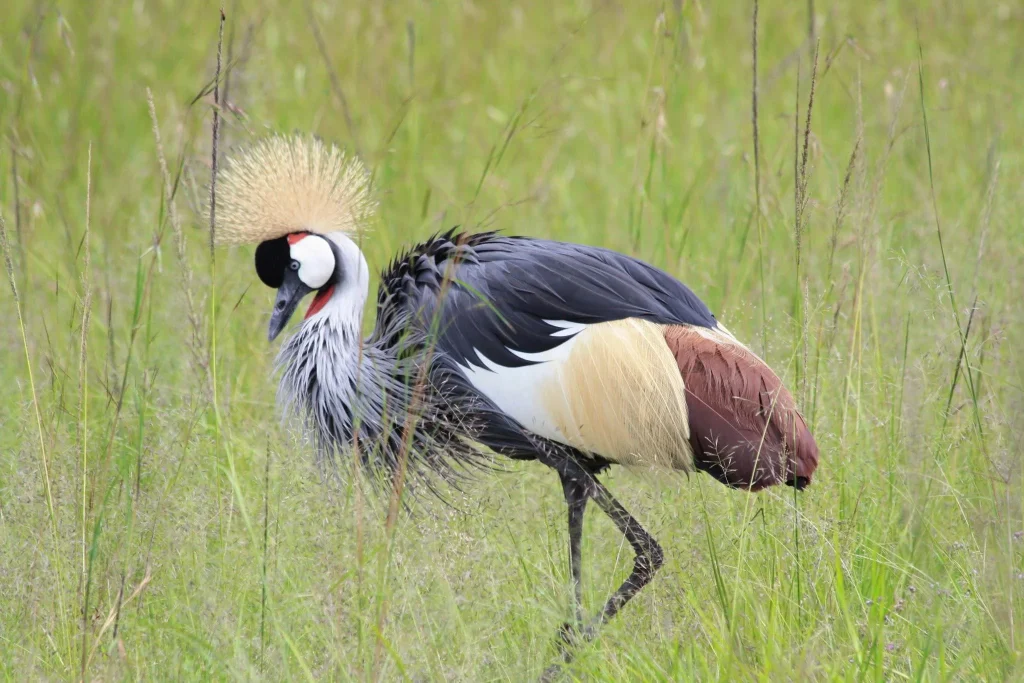
1. The Role of Dance in Courtship
A Spectacular Performance
One of the most breathtaking sights in the Serengeti is the Grey Crowned Crane’s courtship dance. Unlike many bird species that rely solely on vocalizations or plumage displays, these cranes engage in a highly choreographed series of movements, including:
- Bowing and Head-Bobbing: Cranes lower and raise their heads rhythmically, often while calling to each other.
- Leaping and Wing-Flapping: The birds jump gracefully into the air while spreading their large wings, showcasing their striking black, white, and grey feathers.
- Spinning and Running: The cranes run in circles around each other, enhancing the performance with synchronized spins.
- Object Tossing: Occasionally, they pick up small objects such as twigs or grasses and toss them into the air as part of their playful courtship display.
These rituals are not only meant to attract mates but also reinforce the bond between existing pairs, as Grey Crowned Cranes mate for life.
2. Vocal Communication: Duets That Strengthen Bonds
Trumpeting Calls and Harmonized Duets
In addition to their elegant dance, Grey Crowned Cranes use distinctive calls to communicate during courtship. Their calls include deep, booming trumpets and soft, melodious duets exchanged between pairs. These vocalizations serve multiple functions:
- Strengthening Pair Bonds: Singing together solidifies the relationship between mates.
- Territorial Defense: Calls signal to other cranes that a territory is occupied by a bonded pair.
- Coordination of Mating and Nesting Activities: Vocal exchanges help synchronize breeding behaviors.
3. Selecting the Perfect Nesting Site
Strategic Placement for Protection
Once a pair has bonded, they search for an ideal nesting site. Grey Crowned Cranes prefer shallow wetlands, marshes, or grassy floodplains, as these environments provide both safety and an abundant food supply. Key considerations for nesting sites include:
- Concealment from Predators: Tall grasses and reeds help hide the nest from threats like jackals and monitor lizards.
- Access to Water: Proximity to water bodies ensures a steady food supply for both adults and chicks.
- Stable Ground: Flood-prone areas are avoided to protect the nest from destruction.
4. Egg Laying and Parental Cooperation
The Commitment to Raising Offspring
Grey Crowned Cranes typically lay two to four eggs, with both parents taking turns incubating them over a period of 28 to 31 days. This shared responsibility ensures that one parent is always available to protect the nest. The key parental behaviors include:
- Gentle Turning of Eggs: Ensuring even incubation and healthy embryo development.
- Nest Maintenance: Rearranging grasses and vegetation to keep the nest well-insulated.
- Vigilant Defense: Keeping a watchful eye for potential predators such as hyenas and snakes.
5. Raising the Chicks: A Journey to Independence
Early Development and Survival Tactics
Once the chicks hatch, they are immediately active and can follow their parents within hours. However, they rely on their parents for food and protection. Key stages in chick development include:
- Learning to Forage: Parents guide them in searching for insects, seeds, and small amphibians.
- Waterproofing Feathers: Parents help chicks develop waterproofing by preening their young.
- Flight Training: By two to three months old, the chicks begin practicing short flights under parental supervision.
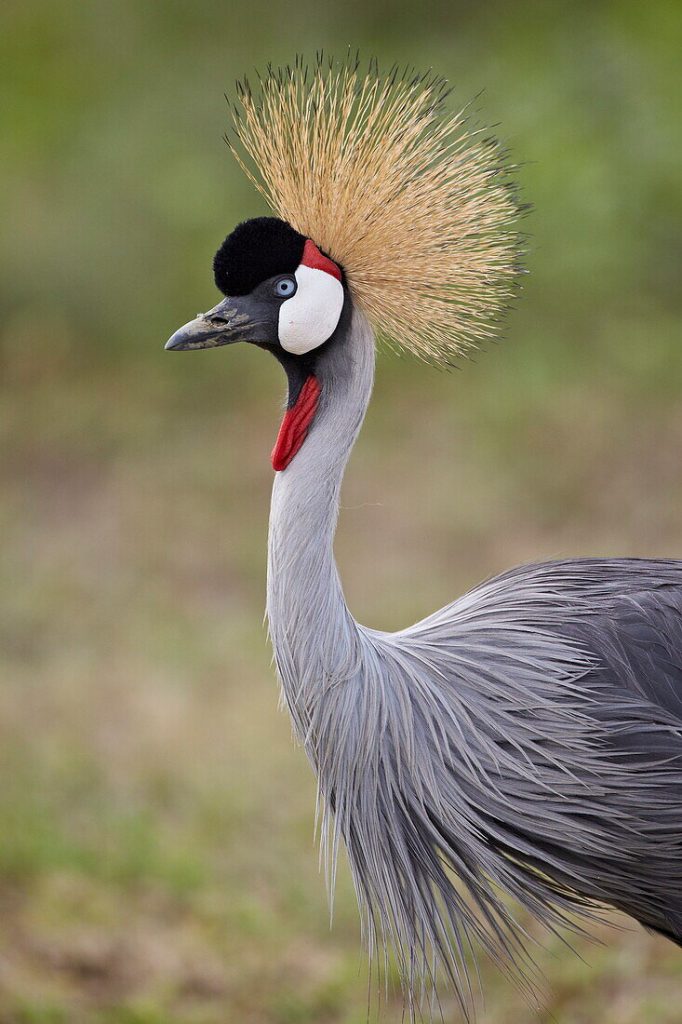
6. Challenges and Conservation Efforts
Threats to Grey Crowned Crane Populations
Despite their adaptability, Grey Crowned Cranes face numerous threats in the Serengeti, including:
- Habitat Loss: Agricultural expansion and wetland drainage reduce nesting and feeding grounds.
- Poaching and Illegal Trade: Capture for the pet trade threatens wild populations.
- Human Disturbance: Increased human activity near wetlands disrupts breeding.
Conservation Initiatives
Several organizations, including the International Crane Foundation and local wildlife authorities, are actively working to protect these majestic birds. Efforts include:
- Habitat Restoration Projects: Protecting and rehabilitating wetlands to ensure sustainable breeding sites.
- Community Awareness Programs: Educating local communities about the importance of conserving crane populations.
- Anti-Poaching Measures: Strengthening laws and enforcement to prevent illegal wildlife trade.
Conclusion: The Timeless Dance of the Grey Crowned Crane
The Grey Crowned Crane’s mating rituals are among the most captivating displays of nature in the Serengeti. From their synchronized dances to their lifelong pair bonds and dedicated parenting, these birds exemplify grace, resilience, and devotion. However, their survival depends on continued conservation efforts and habitat protection. For wildlife enthusiasts, witnessing these birds in their natural Serengeti habitat is an unforgettable experience, offering a glimpse into one of nature’s most spectacular courtship displays.

